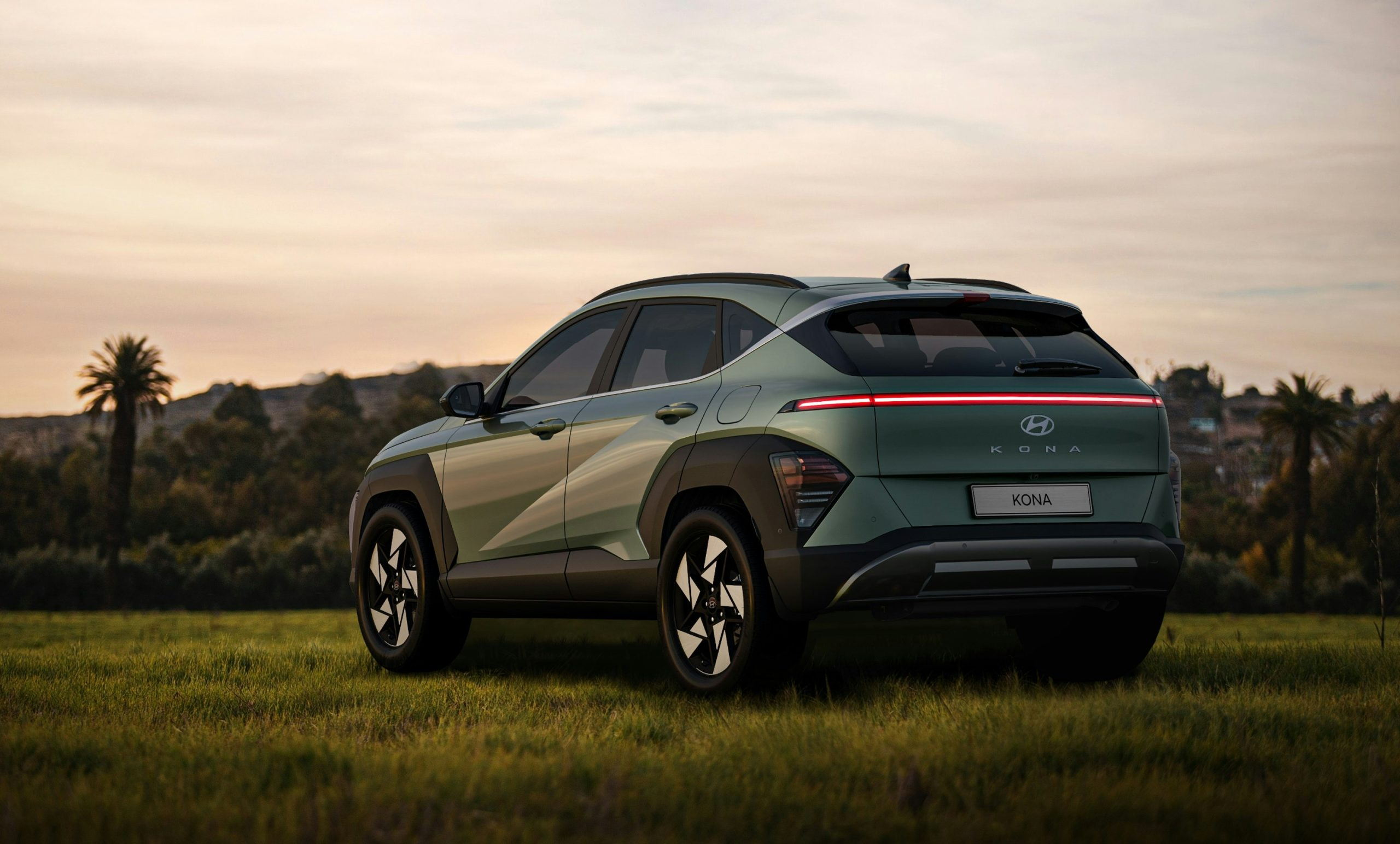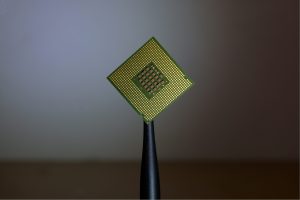The Hidden Stories Behind Vehicle Design Technologies
Designing a vehicle is more than just putting together a set of wheels, an engine, and a sleek exterior. It is a complex process that involves the integration and application of various technologies. From advanced computer programs to cutting-edge materials, vehicle design has come a long way over the years. However, behind every innovative technology, there are hidden stories that have shaped the way we drive and travel. In this article, we will explore the hidden stories behind some of the most revolutionary vehicle design technologies.
The Evolution of Vehicle Design
The history of vehicle design dates back to the late 1800s, with the first gasoline-powered automobile being introduced by Karl Benz in 1886. Since then, vehicle design has undergone numerous changes and advancements, both in terms of aesthetics and functionality. With each passing decade, new technologies have emerged, revolutionizing the way we think about transportation.
The Birth of Computer Aided Design (CAD)
Before the invention of computer-based design tools, the process of designing a vehicle was largely manual. It involved hand-drawn sketches, physical models, and trial and error. However, the introduction of computer-aided design (CAD) in the 1960s revolutionized the industry. With CAD, designers could use advanced software to create 3D models, making the design process more efficient and accurate. This technology continues to play a crucial role in vehicle design today, allowing for faster development cycles and more precise designs.
The Rise of Wind Tunnel Testing
Another important technology that has influenced vehicle design is wind tunnel testing. Originally developed for aeronautical purposes, wind tunnel testing was first used in the automotive industry in the 1930s. It involves placing a scale model of a vehicle in a controlled wind environment to simulate real-world conditions. By analyzing the airflow around the vehicle, designers can make changes to improve its aerodynamics, resulting in better performance and fuel efficiency. Today, wind tunnel testing has become a standard practice in the automotive industry, allowing for more efficient and streamlined vehicle designs.
The Impact of Materials on Vehicle Design
Aside from advanced computer programs and testing methods, the materials used in vehicle design have also played a significant role in shaping the industry. In the early days, vehicles were primarily made of steel, which was strong but also heavy. However, as the demand for lighter and more fuel-efficient vehicles grew, new materials were introduced.
The Advent of Automotive Plastics
In the 1970s, automotive manufacturers started using plastics in vehicle design. This not only reduced the weight of cars but also offered more design flexibility. Plastics could be molded into various shapes and colors, allowing for greater creativity in design. Today, plastics continue to be a popular choice in vehicle design, with advancements in materials and techniques making them even stronger and more durable.
Exploring the Use of Carbon Fiber
More recently, carbon fiber has emerged as a game-changer in vehicle design. This material, known for its strength and lightness, has been used in high-performance vehicles for years. However, as technology advanced and production costs decreased, carbon fiber has become more widely used in mainstream vehicles. From body panels to structural components, carbon fiber is playing a crucial role in making vehicles not only lighter but also safer and more fuel-efficient.
From Autonomous to Electric: The Future of Vehicle Design
As we look towards the future, we can see even more revolutionary technologies emerging in the world of vehicle design. Two of the most talked-about technologies in recent years are autonomous vehicles and electric vehicles.
The Shift Towards Autonomous Driving
Autonomous, or self-driving, vehicles are equipped with advanced sensors, cameras, and artificial intelligence to navigate the roads without human intervention. This technology is not only expected to revolutionize the way we drive but also have a significant impact on vehicle design. With the elimination of traditional driver components and the need to create space for passengers, vehicle interiors will become more spacious and customizable.
The Rise of Electric Vehicles
Electric vehicles (EVs) are also gaining popularity as we move towards a more environmentally conscious future. As the demand for EVs grows, manufacturers are placing more emphasis on creating sleek and efficient designs to maximize their range. This has led to exciting innovations, such as using EV batteries as part of the vehicle’s structure, resulting in a lighter and more rigid body.
In Conclusion
The world of vehicle design is ever-evolving, with new technologies constantly pushing the boundaries of what is possible. From the first gasoline-powered car to the latest electric and autonomous vehicles, the journey has been shaped by numerous innovations. As we continue to strive for more advanced, efficient, and sustainable vehicles, it’s important to remember the hidden stories behind these technologies and the impact they have had on the way we drive and travel.











